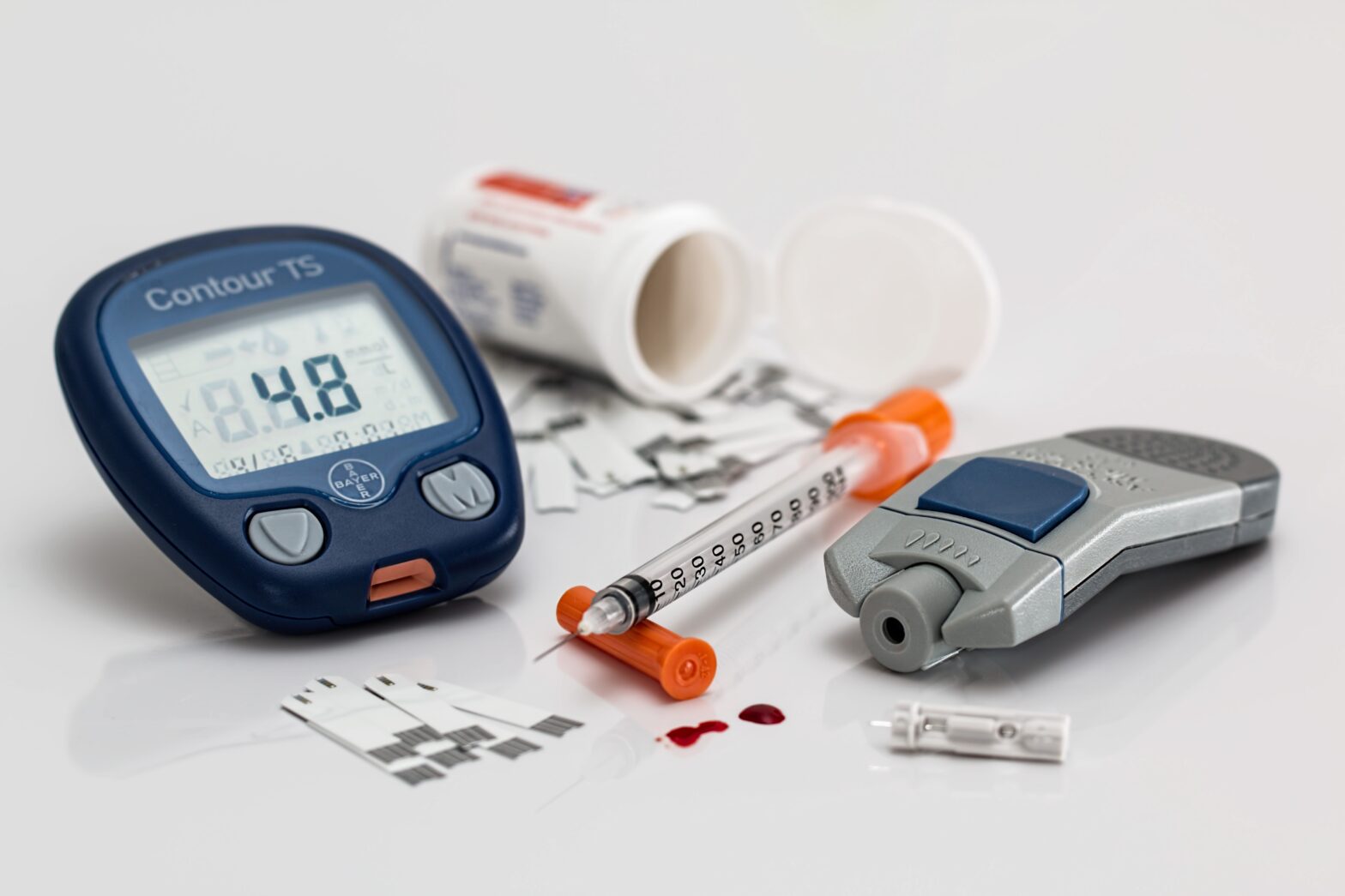Electrical Stimulation Therapy for Diabetic Foot Care: Potential Benefits
Diabetic foot ulcers are a serious complication of diabetes that can lead to infections, tissue death, and even amputation. Electrical stimulation therapy (EST) is a non-invasive treatment that has been studied for its potential benefits in managing diabetic foot ulcers and related conditions.
In this article, we will explore the potential benefits of EST for diabetic foot care and discuss the evidence supporting its use.
FOUR Potential Benefits of Electrical Stimulation Therapy In Diabetes Foot Care
- Wound Healing:
- Reducing inflammation: EST can help reduce inflammation around the ulcer, which can promote healing.
- Improving blood flow: EST can stimulate blood flow to the affected area, providing essential nutrients and oxygen for healing.
- Promoting tissue growth: EST may help stimulate the growth of new tissue, which can aid in wound closure.
- Pain Relief:
- Diabetic neuropathy: EST can help relieve pain associated with diabetic neuropathy, a condition that often affects people with diabetes.
- Reducing discomfort: By reducing pain, EST can improve a person’s quality of life and make it easier to manage their diabetic foot care.
- Preventing Infections:
- Improving wound healing: By promoting wound healing, EST can help reduce the risk of infections.
- Reducing bacterial growth: Some studies suggest that EST may have antibacterial properties, which can help prevent infections.
- Improving Foot Function:
- Strengthening muscles: EST can help strengthen the muscles in the feet, which can improve foot function and reduce the risk of injury.
- Improving balance: EST may also help improve balance, which can reduce the risk of falls and further foot injuries.
Research Studies Supporting the Use of Electrical Stimulation Therapy In Diabetes Foot Care
- A Systematic Review and Meta-Analysis
- Findings: A systematic review and meta-analysis published in the journal Diabetes/Metabolism Research and Reviews in 2019 found that EST was effective in reducing the size of diabetic foot ulcers.
- Conclusion: The study concluded that EST is a promising treatment for diabetic foot ulcers and can be considered as part of a comprehensive care plan.
- A Randomized Controlled Trial
- Findings: A randomized controlled trial published in the International Journal of Lower Extremity Wounds in 2018 found that EST was more effective than a sham treatment in improving wound healing and reducing pain in patients with diabetic foot ulcers.
- Conclusion: The study suggested that EST is a safe and effective treatment for diabetic foot ulcers.
- A Case Series
- Findings: A case series published in the Journal of Wound Care in 2017 described the use of EST to treat a patient with a complex diabetic foot ulcer.
- Conclusion: The case report demonstrated the potential benefits of EST in treating severe diabetic foot ulcers.
- A Randomized Controlled Trial
- Findings: A randomized controlled trial published in the Journal of Diabetes Science and Technology in 2016 found that EST was effective in reducing pain and improving foot function in patients with diabetic neuropathy.
- Conclusion: The study suggested that EST may be a valuable treatment option for people with diabetic neuropathy.
- A Systematic Review and Meta-Analysis
- Findings: A systematic review and meta-analysis published in the Diabetologia in 2014 found that EST was effective in reducing the risk of amputation in patients with diabetic foot ulcers.
- Conclusion: The study concluded that EST should be considered as part of a comprehensive care plan for patients with diabetic foot ulcers.
Conclusion
Electrical stimulation therapy shows promise as a valuable treatment option for diabetic foot care. Research studies have demonstrated its potential benefits in wound healing, pain relief, infection prevention, and improved foot function.
While more research is needed to fully understand the long-term effects of EST, the available evidence suggests that it can be a valuable tool in managing diabetic foot ulcers and related conditions.
If you have diabetes and are concerned about your foot health, talk to your doctor about whether EST might be a suitable treatment option for you.
